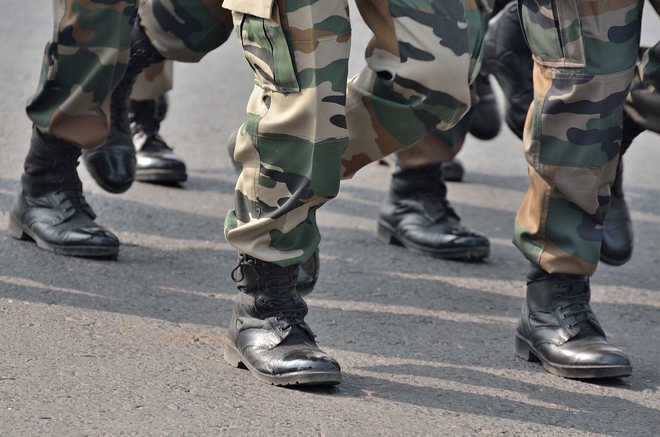In honour of a Sepoy Muleteer and his devotion to duty — a trademark of so many like him

photo for representational purpose only

Napolean had said, ‘An army marches on its stomach.’ It underscores the importance of logistics. And for the Indian Army, deployed in remote, undeveloped areas, mules have been providing the crucial last-mile logistics. Historically, animals have been an inseparable part of the Indian Army. The mule corps played an important role in various theatres during World War I such as France, Gallipoli, Egypt and Basra. With mechanisation, mules may be phased out, but that is the march of time.
In 1976, our battalion moved from Jalandhar to the high altitudes in the central sector. Our Commanding Officer could not accompany and being next in line, I moved the battalion. The Brigade Commander scheduled an operational discussion a week after our induction. Ignoring the mandated acclimatisation, I decided to visit all the forward posts before that event.
I was on way to Lapthal post. A section of men and a detachment of mules carrying miscellaneous lumber were in accompaniment. The track to the nearly 14,000 feet high post ran alongside a steeply sloped mountain.
Sepoy Muleteer Girdhari Lal was in charge of two animals. Walking behind the rear mule, he was holding on to its tail. This gave him support in climbing, but more importantly, gave confidence and a personal touch to the animal. Walking just behind, I noticed Girdhari was constantly talking to the mule. This monologue was as if he was telling the loaded animal a story. I have no idea whether the animal understood, but Girdhari knew.
The second mule that was ahead of Girdhari was relatively new and had yet to master the art of mountain walking. At one sharp bend, there was a sudden gust of headwind. The rookie mule lost balance and fell down the slope. Instantly, Girdhari, uncaring of his own safety, jumped down.
The mountainside had small pebbles strewn when the rock was blasted to make the track. After two side-rolls, the animal miraculously found footing and stood up. Girdhari, taking a tumble himself, instantly reached the shaken animal, held his reins and patted him soothingly on the neck. Since there was almost a 6-foot-high retaining wall, they could not climb back. The other muleteer immediately brought an older mule to walk along the track in parallel while Girdhari walked the rookie animal on the lower side till they found a suitable gap in the retaining wall where Girdhari could climb up along with the animal.
On reaching the post, the entire party was taken into a heated tent and served hot tea and ‘pakoras’. But Girdhari got busy unloading the animals, watering them, giving them feed, and covering them with a warm blanket after a grooming massage. Only thereafter did he think of himself.
Girdhari’s act in jumping down was extraordinary. Being on the spot, I had seen an example of extreme bravery and dedication. Those days, the system of awards for gallantry as well as meritorious service was not as liberal as it is today. The spurt came only after we started counter-terrorism operations in the Valley in full view of cameras and the Army’s actions became widely visible.
But Girdhari’s act merited recognition. On return to the base location, I held a Sainik Sammelan. Being an eyewitness, I gave a graphic description of Girdhari’s daring action. I then announced a cash award of Rs500 to him from the regimental funds. The men broke into a loud applause. When Girdhari came up to receive his award, the Subedar Major asked him to say a few words. Not being an orator, Girdhari spoke only a few words shyly: ‘Maine jo kiya woh to mera farz tha sahib.’
In those brief words, Sepoy Girdhari Lal summed up a soldier’s creed. Soldiers do what they do out of a sense of duty.
